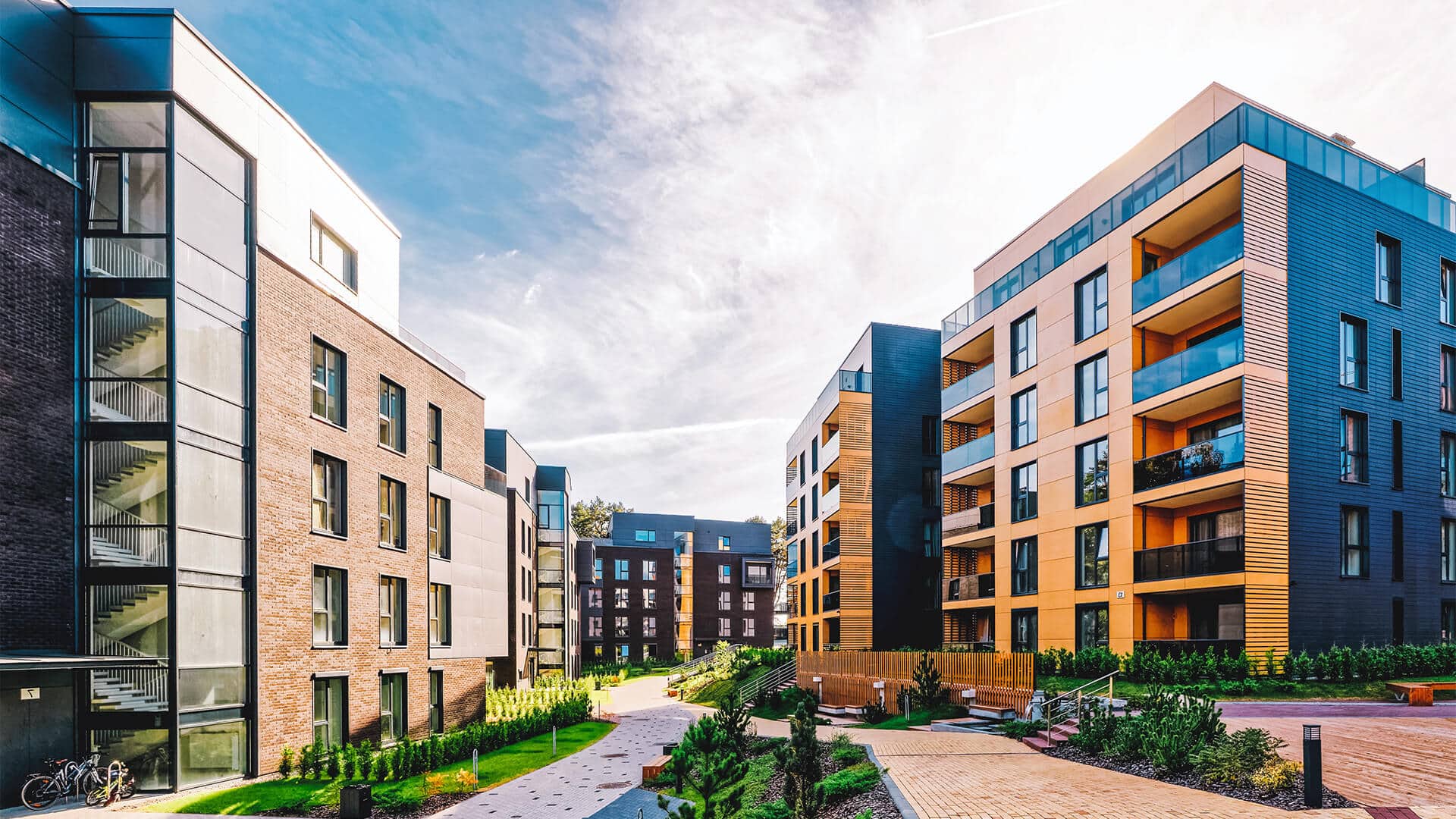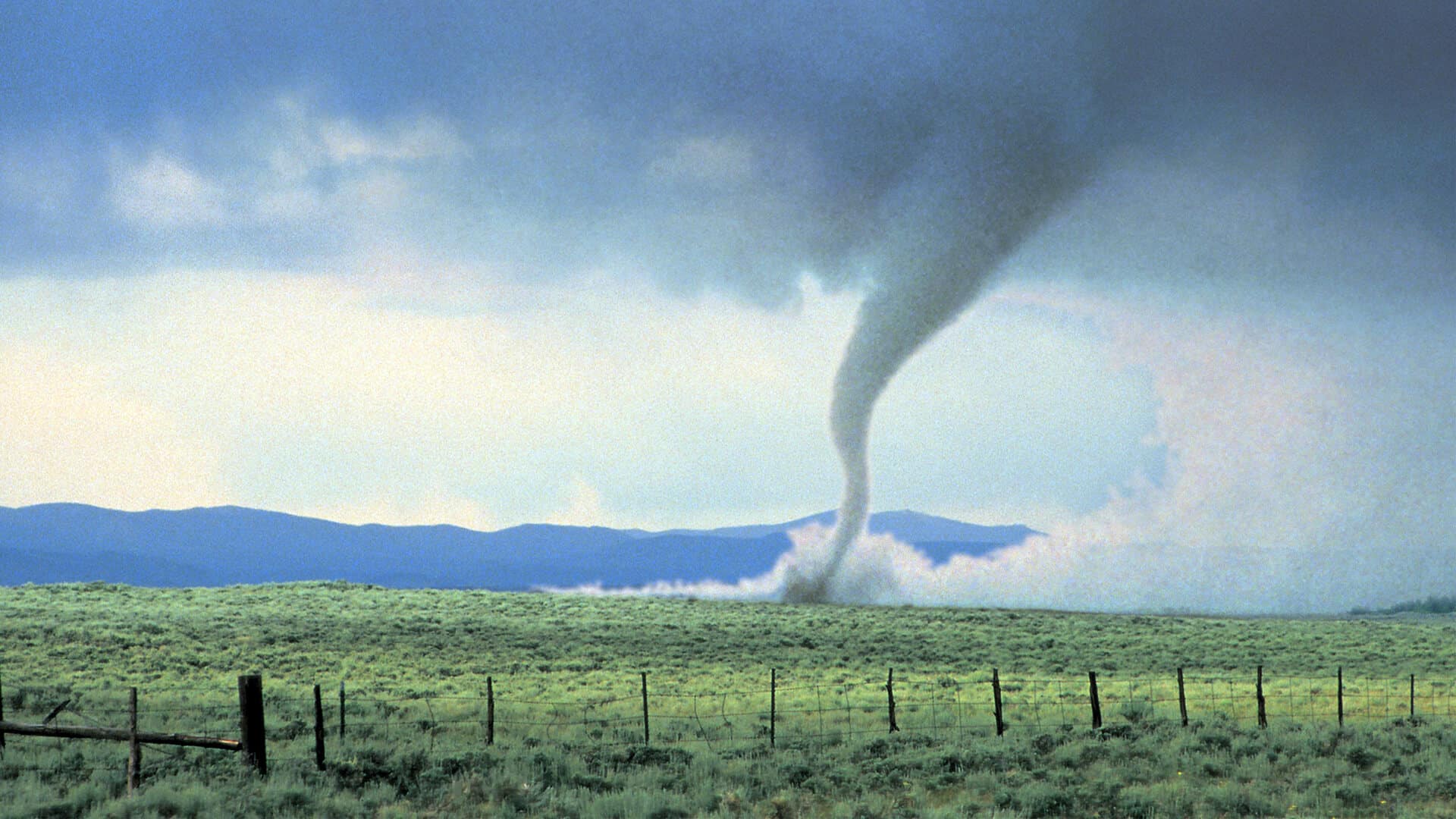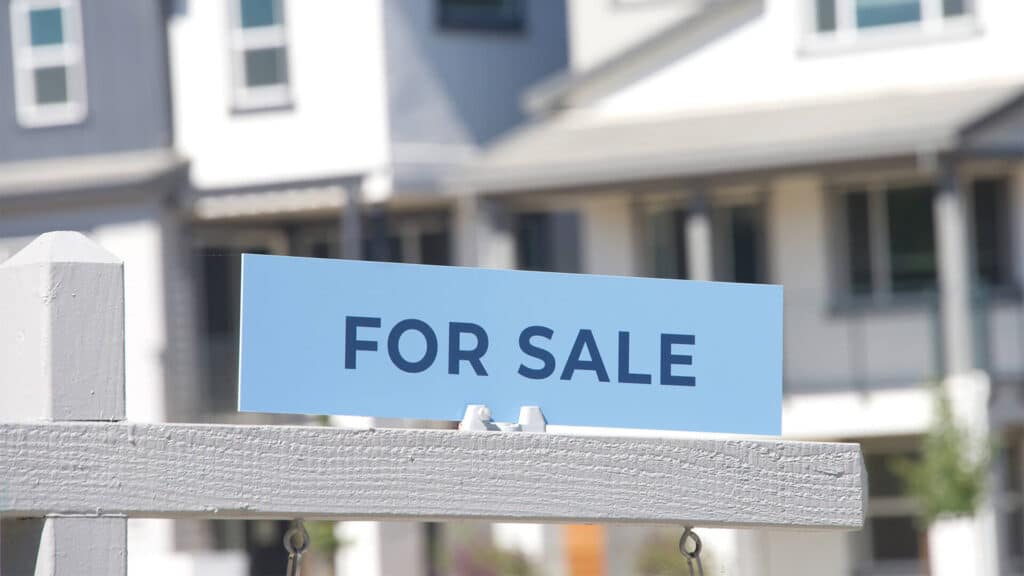Though its origins date back to the late 1800s, ball culture as recognized today truly began to take shape amidst the social and artistic movements of the early 20th century Harlem Renaissance. At first, performances mainly featured white men, but by the 1960s, Black and brown queer and trans communities were carving out their own vibrant ballroom scenes in New York City and eventually elsewhere.
Credited with introducing the “house” system in ball culture, Black trans woman and legendary drag queen Crystal LaBeija established the House of LaBeija in the 1970s, taking queer and trans youth of color under her wing and inspiring the formation of other groups such as the House of Dior and the House of Xtravaganza. The new social landscape shifted ballroom’s focus from pageantry to competition. Events came to incorporate dance, modeling, lip-syncing, and spoken word performances in which participants would compete across various categories.
The underground scene leapt into public consciousness with the 1990 release of Madonna’s hit song “Vogue” and Jennie Livingston’s 1991 documentary Paris is Burning, and has only been further entrenched in popular culture by more recent shows like RuPaul’s Drag Race and Pose. Ballroom continues to evolve around musical influences ranging from disco, trap, and house to R&B, gospel, and more.











